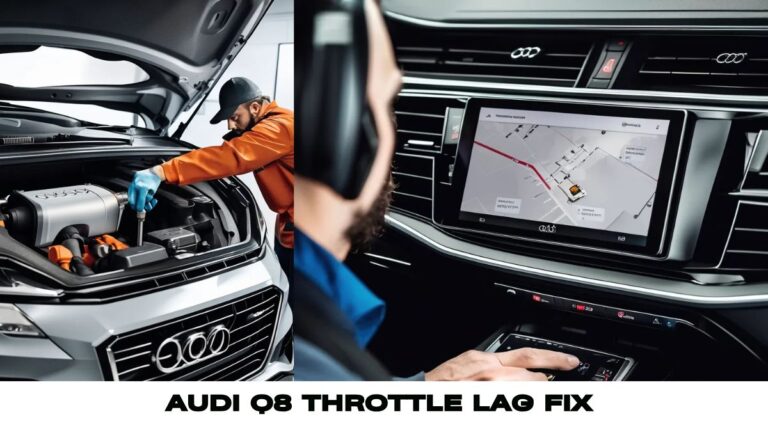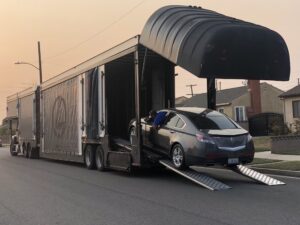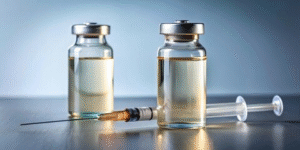Throttle lag in the Audi Q8 can frustrate drivers, impacting the vehicle’s performance and driving experience.
To fix throttle lag in an Audi Q8, replace the throttle position sensor, clean the throttle body, update the ECU software, check fuel delivery, and inspect the air intake system.
This guide addresses the common causes of throttle lag and provides detailed solutions to resolve this problem, ensuring your Audi Q8 delivers the responsive performance you expect.
Table of Contents:
Complete Overview of Audi Q8 Throttle Lag Fix
The Audi Q8, a luxury SUV renowned for its robust engine, smooth ride, and cutting-edge technology, sometimes experiences throttle lag. This issue manifests as a delay between pressing the accelerator pedal and the engine’s response.

Such lag can be frustrating and even hazardous, particularly when quick acceleration is necessary, such as merging onto highways or overtaking other vehicles.
Understanding Throttle Lag: Causes and Factors
Throttle lag in the Audi Q8 can be attributed to several factors:
Drive-by-Wire System:
Modern vehicles like the Audi Q8 use drive-by-wire systems, which replace traditional mechanical linkages with electronic sensors and actuators. While these systems enhance fuel efficiency and integrate with advanced driver assistance technologies, they can introduce lag due to the time required for electronic signals to reach and actuate the throttle components.
Software Calibration:
The vehicle’s engine control unit (ECU) or software plays a key role in processing driver inputs and managing engine performance. Sometimes, the software may prioritize fuel efficiency or emissions over immediate responsiveness, which can result in noticeable throttle lag.
Turbocharged Engines:
For Audi Q8 models equipped with turbocharged engines, turbo lag can occur. This delay in turbocharger spool-up, particularly at lower RPMs, contributes to the overall throttle lag sensation.
Read Also: Audi vin decoder options list – Comprehensive Visual Guide!
Common Causes of Throttle Lag
1. Faulty Throttle Position Sensor (TPS):
The Throttle Position Sensor (TPS) plays a vital role in measuring the position of the throttle valve and sending this information to the engine control unit (ECU). A malfunctioning TPS can cause delays in throttle response, leading to noticeable lag.
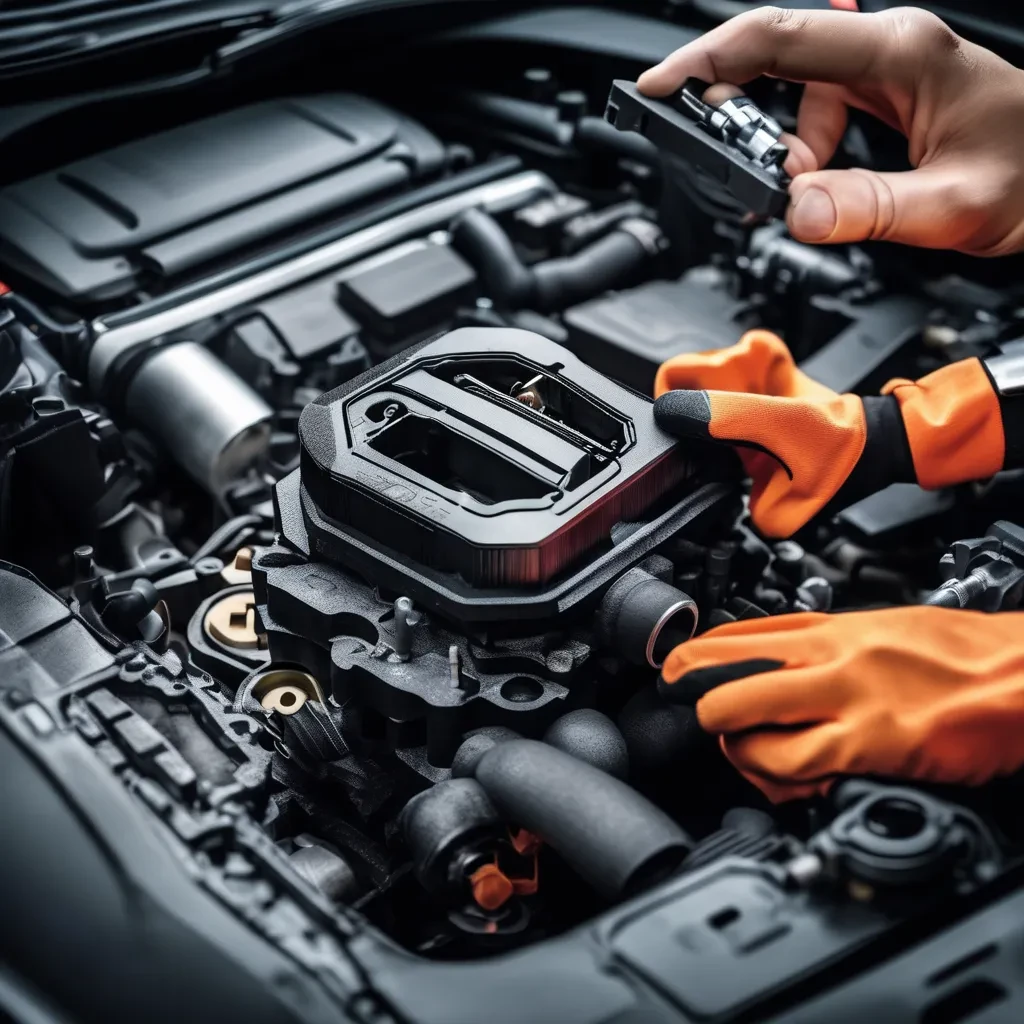
Symptoms of a Faulty TPS
- Unresponsive acceleration
- Erratic engine performance
- Poor fuel efficiency
2. Dirty or Clogged Throttle Body:
A dirty or clogged throttle body can restrict airflow to the engine, causing delays in throttle response. Regular cleaning of the throttle body is essential to maintain optimal performance.
Signs of a Dirty Throttle Body
- Rough idling
- Hesitation during acceleration
- Decreased engine power
Read Also: Drive System Fault Audi – A Comprehensive Visual Guide!
3. Software Issues with the ECU:
The Engine Control Unit (ECU) is responsible for managing various engine functions, including throttle control. Software glitches or outdated firmware can lead to throttle lag. Updating the ECU software can often resolve these issues.
How to Update ECU Software
- Visit an authorized Audi service center
- Request a software update from the technician
- Ensure the update is compatible with your vehicle model
4. Fuel Delivery Problems:
Inadequate fuel delivery can also contribute to throttle lag. Issues with the fuel pump, fuel filter, or fuel injectors can result in inconsistent engine performance.
Diagnosing Fuel Delivery Issues
- Check for low fuel pressure
- Inspect the fuel filter for clogs
- Test the fuel injectors for proper operation
5. Air Intake Issues:
A properly functioning air intake system is crucial for optimal engine performance. Problems such as a damaged air filter or leaks in the intake system can lead to throttle lag.

Signs of Air Intake Problems
- Reduced engine power
- Unusual engine noises
- Check engine light illumination
Read Also: Audi A4 Rattle When Accelerating – Causes, Diagnosis, and Solutions!
How to Fix Throttle Lag in Your Audi Q8?
1. Replacing the Throttle Position Sensor:
If the TPS is identified as the cause of throttle lag, replacing it with a new, high-quality sensor can restore proper throttle response.
Steps for Replacement
- Locate the TPS on the throttle body
- Disconnect the electrical connector
- Remove the old sensor and install the new one
- Reconnect the electrical connector and test the vehicle
2. Cleaning the Throttle Body:
Regular cleaning of the throttle body can prevent buildup that causes throttle lag. Use a throttle body cleaner and follow these steps:
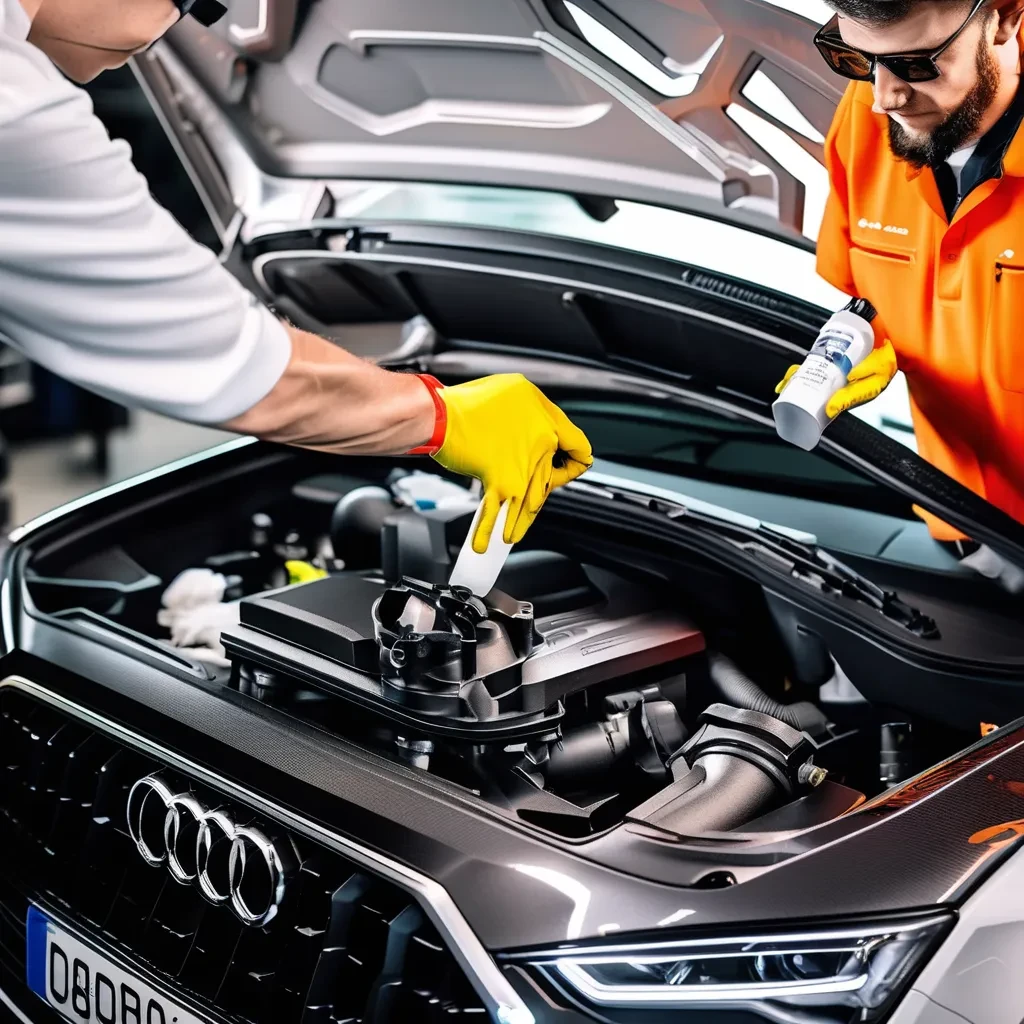
Throttle Body Cleaning Procedure
- Disconnect the battery
- Remove the air intake duct
- Spray the cleaner into the throttle body while opening the throttle valve
- Remove any residue with a clean towel.
- Reassemble the intake system and reconnect the battery
Read Also: Audi q8 throttle lag fix – Don’t take a risk!
3. Updating ECU Software:
Updating the ECU software can address software-related throttle lag. This process typically involves:
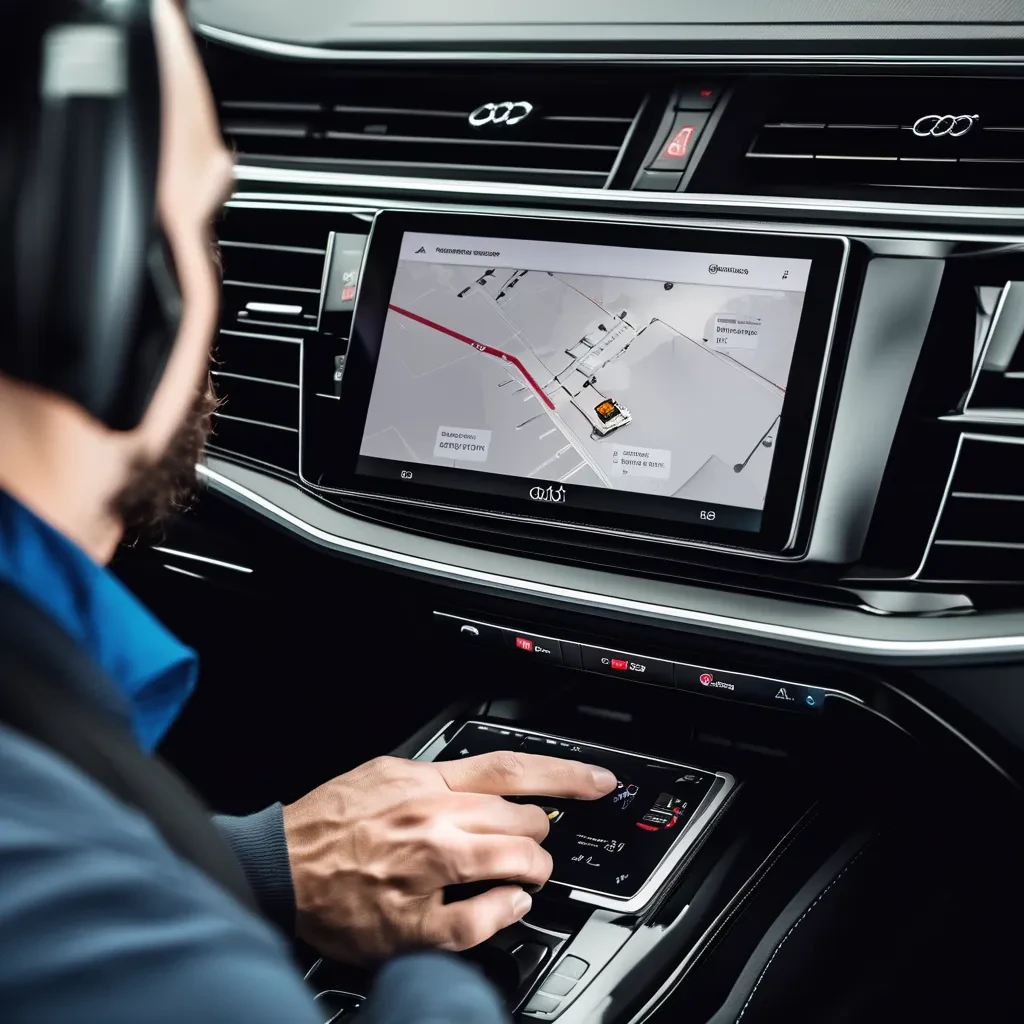
Updating Procedure
- Schedule an appointment with an authorized Audi service center
- Inform the technician about the throttle lag issue
- Allow the technician to perform the software update
4. Addressing Fuel Delivery Problems:
To fix fuel delivery issues, follow these steps:

Fuel Delivery Fixes
- Replace the fuel filter if clogged
- Test and replace the fuel pump if necessary
- Clean or replace faulty fuel injectors
5. Repairing Air Intake Issues
To resolve air intake problems:
Air Intake Repair Steps
- Replace the air filter if it is dirty or clogged
- Inspect and fix any leaks in the intake system.
- Ensure all intake components are securely fastened
Read Also: Does Valvoline do Audi oil Changes? – A Deep Dive!
Preventing Throttle Lag in the Future
Regular maintenance is key to preventing throttle lag. Follow these tips to keep your Audi Q8 running smoothly:
Regular Maintenance Checks:
Follow the specified maintenance regimen for your vehicle. Regularly check and replace components such as the air filter, fuel filter, and throttle body.
Use High-Quality Fuel:
Using high-quality fuel can prevent clogging and ensure efficient engine performance. Avoid using low-grade or contaminated fuel.
Keep the Throttle Body Clean:
Periodic cleaning of the throttle body can prevent buildup and ensure smooth throttle response.
Can Upgrading the Transmission Enhance Throttle Response?
The transmission of a vehicle is vital in converting engine power to the wheels, impacting various performance aspects, including throttle response. Upgrading the transmission can indeed enhance throttle response, though the extent of improvement and the specific benefits will vary based on several factors.
Read Also: My Audi Vehicle is not Parked Safely – Don’t take risks!
The Impact of Transmission on Throttle Response:
Transmission Efficiency: A well-designed transmission can improve how efficiently power is delivered from the engine to the wheels. Upgrading to a more advanced or performance-oriented transmission can minimize power losses, leading to better throttle response and quicker acceleration.
Gear Ratios: The gear ratios in a transmission affect how the engine’s RPM (revolutions per minute) correlates with the vehicle’s speed. A transmission with optimized gear ratios allows the engine to operate more effectively within its power range, enhancing throttle response across various speeds.
Shift Speed and Smoothness: The speed and smoothness of gear shifts play a significant role in throttle response. A transmission upgrade that offers faster and more precise shifting can lead to quicker gear changes and improved responsiveness during acceleration and deceleration.
Torque Converter: In automatic transmissions, the torque converter plays a key role in transmitting power from the engine to the transmission. Upgrading to a high-performance torque converter can enhance power transfer efficiency, reducing lag and improving throttle response.
How Performance Tuning Affects Throttle Lag?
Performance tuning can significantly influence throttle lag by addressing delays and enhancing overall responsiveness in vehicles. Throttle lag, the delay between pressing the accelerator pedal and the engine’s response, is often linked to engine management systems, fuel delivery, and electronic controls.
Performance tuning involves refining these parameters to boost the vehicle’s performance and throttle response. This process includes reprogramming or modifying the engine’s computer or electronic control unit (ECU) to adjust settings like ignition timing, air-fuel ratio, turbocharger boost levels, and throttle mapping.
These modifications are customized to the engine’s and drivetrain’s specific characteristics, taking into account factors such as engine design, fuel type, and vehicle usage. By optimizing these settings, performance tuning can reduce throttle lag by enhancing the engine’s responsiveness to driver inputs.
For instance, adjusting throttle mapping can make the accelerator pedal more responsive, resulting in a quicker engine response. Similarly, refining the air-fuel ratio and ignition timing improves combustion efficiency, reduces power delivery delays, and boosts overall acceleration.
Read Also: Drive System Malfunction Audi Q5 – Causes, Symptoms, and Solutions!
Which Audi Q8 Models to Avoid?
When considering an Audi Q8, it’s important to be aware of the brand’s overall reliability. Audi has a reliability rating of 3.0 out of 5.0 from RepairPal, ranking 28th out of 32 brands. On average, Audis costs $987 annually for repairs and visit repair shops 0.8 times a year, with 13% of repairs being severe.
Here’s a look at which Audi Q8 model years to avoid when buying used:
2019 Audi Q8:
The 2019 Audi Q8, being the first production year, may have more issues as manufacturers often work out problems in the early models. Common issues reported for this year include:
Engine Problems: Drivers have reported noticeable throttle lag when the auto start/stop feature activates, especially when coming to a stop. Engine misfires have also been an issue, which Audi claimed to have addressed by late 2019.
Transmission Issues: There have been reports of the vehicle failing to accelerate properly from a stop. This problem could be risky in situations like crossing traffic or turning left. Some drivers find this issue intermittent but increasingly frequent.
powerplant Complaints: The National Highway Traffic Safety Administration (NHTSA) has received 39 complaints regarding the 2019 Q8’s powerplant.
Electrical System Issues: The NHTSA has also logged 28 complaints regarding the electrical system. Some owners have experienced alarming issues, such as the car shutting down suddenly and leaving them trapped inside due to a failure in the door systems.
Avoiding the 2019 Audi Q8 may help you steer clear of these common problems.
Read Also: Which Audi Drive Select Is Best For Gas Mileage? – Let’s Explore!
Is the Throttle Lag Fixed in 2020/2021 Audi Q8 3.0T V6 Models?
The throttle lag issue that some drivers experienced in earlier models of the Audi Q8 3.0T V6 has been a point of concern. For the 2020/2021 models, Audi has made several software updates and calibrations aimed at improving throttle response.
While many drivers report a noticeable improvement in throttle responsiveness in these newer models, some still experience a slight delay under certain driving conditions. Overall, the issue has been mitigated to a significant extent, though not eliminated for all users.
Q8 3.0T V6 Throttle Lag Issue: What You Need to Know!
The Audi Q8 3.0T V6 has been praised for its performance, but some owners have reported throttle lag, particularly in models before 2020. This lag can cause a delay between pressing the accelerator and the engine’s response, which can be frustrating.
Audi addressed this issue in the 2020/2021 models with software updates that have largely improved the situation. However, the experience may vary depending on driving style and conditions, and some drivers may still notice a minor lag.
Read Also: Audi A4 Drive System Malfunction – Everything You Need to Know!
How to Fix Delayed Throttle Response?
Improving throttle response can often be achieved by using a good air filter, cleaning the throttle body, and replacing the fuel filter. Additionally, gas tank additives are available to clean the fuel injectors, which can further enhance throttle responsiveness. If your vehicle is still under warranty, it’s advisable to have the dealer address the issue.
Why Does My Throttle Feel Laggy?
In older vehicles with mechanical throttle linkages, the lag can be caused by the physical connection between the gas pedal and the throttle plate. Factors such as cable stretching, wear and tear, or binding in the linkage can lead to delays in transmitting your input to the engine.
How Can I Improve My Throttle Response Time?
Increasing the volume and speed of air intake is an effective way to boost horsepower and throttle response across all RPM levels. This improvement is more noticeable at higher RPMs when the engine naturally draws in more air.
How Do I Adjust the Throttle Response on My Car?
To make the throttle more sensitive, tighten the adjustment mechanism to reduce slack in the throttle cable, resulting in a quicker response when you press the gas pedal. To make it less sensitive, loosen the adjustment mechanism, which introduces more slack in the cable and creates a smoother, more gradual response.
Read Also: Do Audi Dealers Negotiate? – A Complete Visual Guide!
How Do I Reset My Throttle?
To reset the throttle, turn off the engine. Switch the key to the “ON” position for two seconds, then back to “OFF” for ten seconds. Repeat this process, leaving the key in the “OFF” position at the end.
Frequently Asked Questions:
Does the 2021 Audi Q8 still have throttle lag issues?
The 2021 Audi Q8 has seen improvements in throttle response due to software updates and calibration enhancements. While the throttle lag issue has been reduced, some drivers may still notice a slight delay in certain driving conditions.
Will a throttle controller help with Audi Q8 throttle lag?
Installing a throttle controller can help reduce or eliminate throttle lag in your Audi Q8. A throttle controller allows you to adjust the accelerator’s sensitivity, providing a quicker response when you press the gas pedal.
Can fuel quality affect throttle response in the Audi Q8?
Yes, poor fuel quality can contribute to throttle lag in the Audi Q8. Using high-quality fuel and cleaning the fuel system can improve throttle response and overall engine performance.
How often should I clean the throttle body on my Audi Q8 to avoid throttle lag?
It’s advisable to clean the throttle body every 30,000 to 50,000 miles to prevent build-up that could lead to throttle lag. Regular maintenance can help maintain optimal throttle response in your Audi Q8.
Does Audi offer a software update to fix throttle lag in the Q8?
Yes, Audi has released software updates for the Q8 that address throttle lag issues. If you’re experiencing throttle lag, check with your dealer to see if any updates are available for your vehicle.
Can replacing the air filter improves the throttle response in my Audi Q8?
Yes, a clean and high-quality air filter can improve throttle response by ensuring that the engine receives the proper amount of air, which is crucial for optimal combustion and performance.
Conclusion:
At the end of the conclusion,
To address throttle lag in an Audi Q8, you can replace the throttle position sensor, clean the throttle body, update the ECU software, verify fuel delivery, and inspect the air intake system.

